
dryagedbeef Bistro OneSix
How to Cook Dry Aged Beef. Because of the moisture loss in a dry-aged cut, the only real difference when it comes to cooking is the cook time. Dry aged meat will take about 30% less time to cook than a non-dry aged cut. In this video you'll see how to cook a dry-aged bone-in ribeye. Share. Search. Categories. Beef (5) Chicken (1)
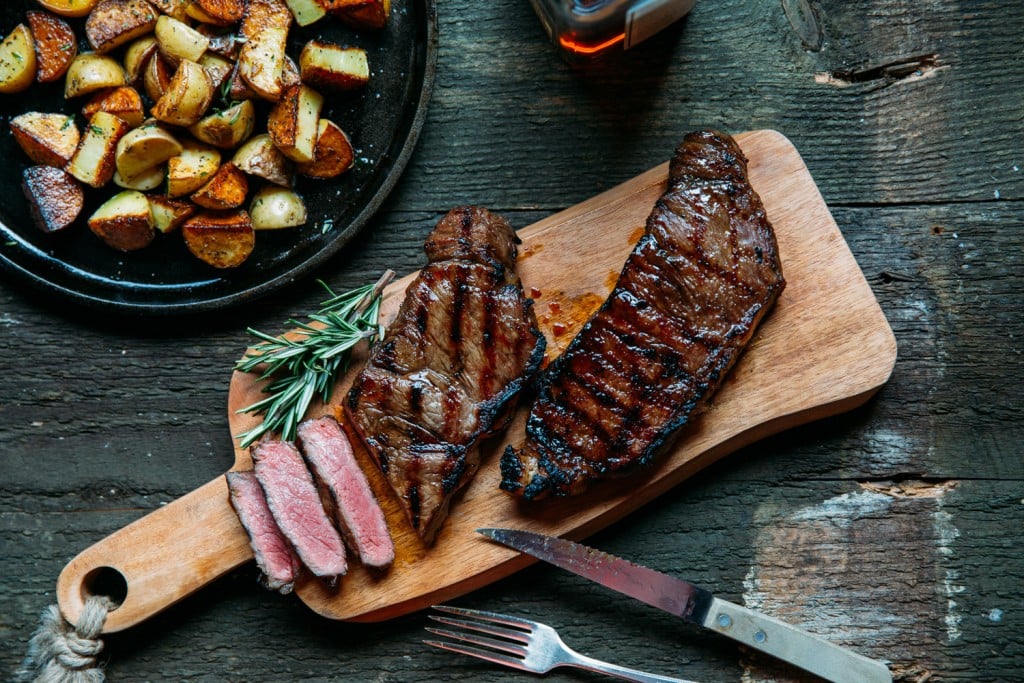
Our 28Day Dry Aged Beef
In This case, beef. Dry-aged beef gives cuts of steak a funky almost umami flavor from it with texture immensely more tender than any fresh-cut you can find. Through a mix of bacterial growth, enzymatic reactions and moisture loss a cut of dry-aged beef can set you back up to $259.95 from Allen Brothers Steak.

dryagedbeef Freedom Valley Farm
Dry-aging affects the meat in two major ways. First, in evaporating moisture from the beef, the meat takes on a more concentrated "umami" flavor, which is rich and savory on the palate. Second, dry-aging causes the enzymes found in beef to break down muscle fibers and connective tissue, which makes the meat far more tender and incredibly.

Dry Aged Beef May Be The Funkiest Food In Town Aged beef, Dry aged beef, Food
A dry-aged piece of beef can lose up to around 30% of its initial volume in water loss, which concentrates its flavor. A great deal of this moisture loss occurs in the outer layers of the meat, some of which get so desiccated that they must be trimmed before cooking. Thus the larger the piece of meat you start with (and the lower the surface.

Treat Yourself What's So Great about Dry Aged Beef? BrandFuge
When you dry age beef, two things happen: 1. Moisture is pulled out of the meat. The fat portion retains more water than the lean portion, causing the lean muscle to shrink around the fat; the fat becomes more pronounced, thus giving the beef more flavour. 2. Bacteria formed in the aging process produces a robust flavour profile that is highly.

What is dryaged beef? The Shambles Singapore
It can be hung from a hook in the fridge, which is known as "dry aging." Or cuts can be sealed in plastic and kept in the fridge, which is known as "wet aging." Many things happen to beef as it.
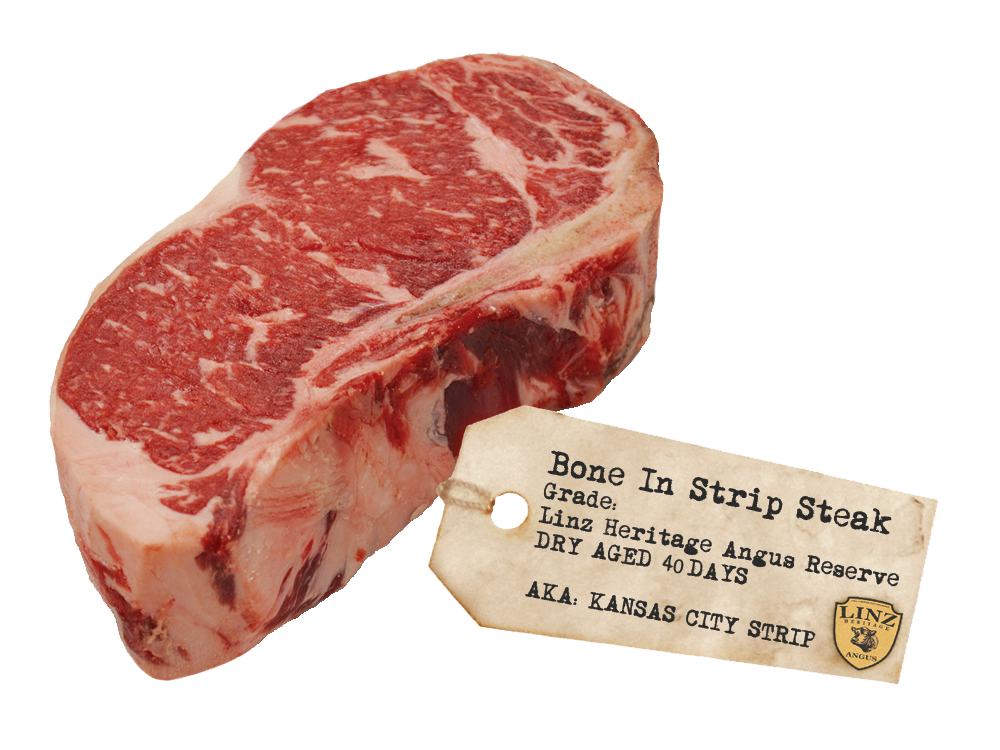
Dry Aged Beef
The collagen is breaking down and the water is starting to come out. The front and the sides are waterproof because of the fat and because of the bone. It's coming out the front and back. You.
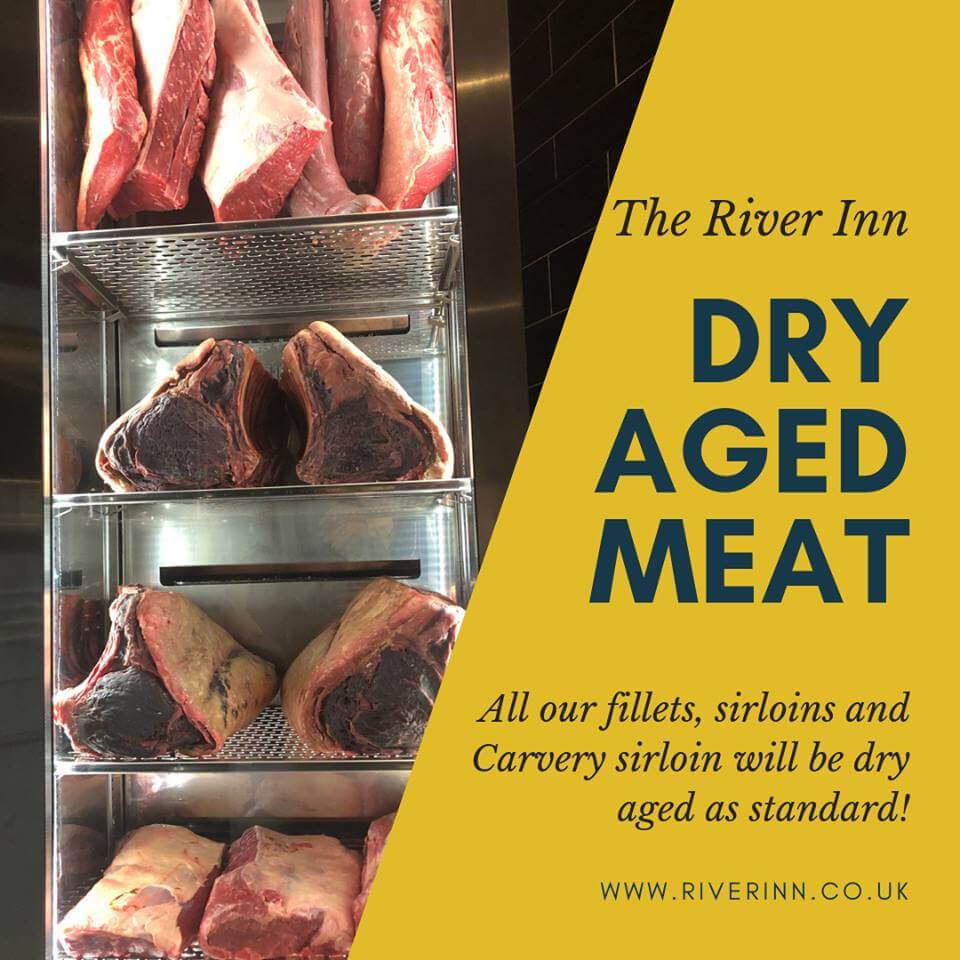
River Inn Website » 42 Dry Aged Beef
Unless your refrigerator is odor-free, a mini fridge is the best possible option. A fan. To promote drying of the surface and even aging, you want to stick a fan inside your fridge to keep air circulating. This works in much the same way as a convection oven, promoting more even cooling and humidity all around.

DryAged Beef Eataly's Butcher Breaks It Down
The USDA (United States Department of Agriculture) grades beef according to tenderness, texture, and "marbling"—the distribution of intramuscular fat. (Remember this equation: Fat equals flavor.) There are eight USDA grades, but two, Prime and Choice, are the most likely to turn up at your local market. Prime designates beef of the.

DryAged Beef An Explanation by Issuu
So what does wet aged and dry aged beef actually mean? When beef is "aged", it essentially refers to the length of time that the meat has been left to mature such as 14, 21, 45 days etc. "Wet" aged beef refers to beef that has been left to age in a vacuum sealed pouch within it's own blood, and "Dry" aged means it has been left to.

Dry aged beef YouTube
This, in turn, alters the flavor and texture of the cut. What dry aging looks like is literally a room full of moldy carcasses. In the dry-aging process, meat hangs in a humidity-controlled.
ThisIsWhyKtcIsHot Dry Aged Beef
Browse & discover thousands of brands. Read customer reviews & find best sellers. Explore men's & women's new arrivals, shop latest sales & deals, and everyday essentials

Wet Aged vs Dry Aged Beef Differences & Which is Better for You Aged beef, Dry aged beef, Beef
The dry-aging process draws moisture out of the meat, shrinking its size and darkening the color. As the meat loses water, its flavor becomes concentrated to give it a more beef-forward finish. The time in the aging room also breaks down collagen—the connective tissues that holds together the beef's muscle fibers—so these steaks are more.
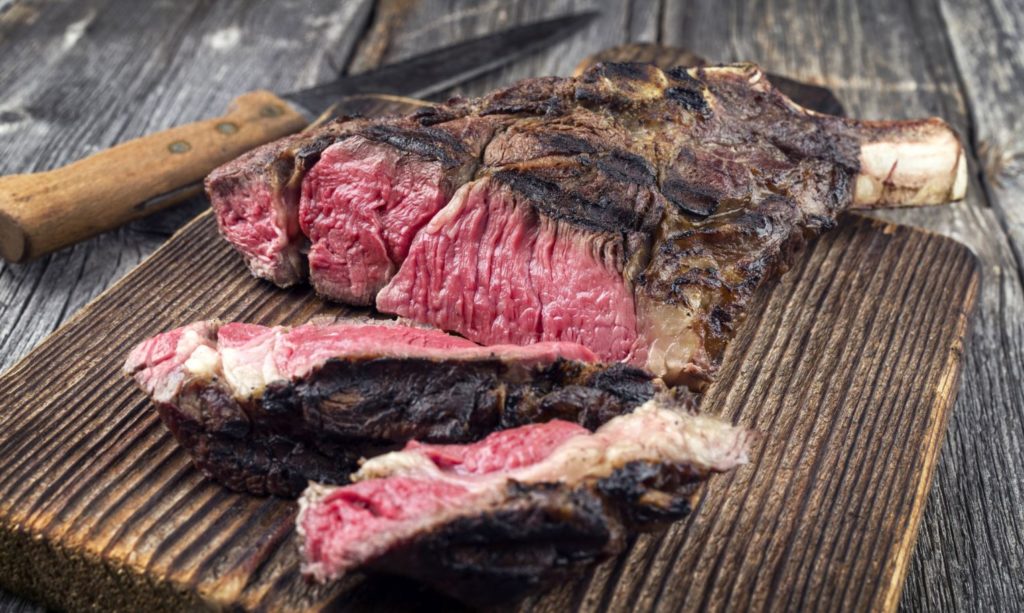
Treat Yourself What's So Great about Dry Aged Beef? BrandFuge
Everyone ages beef. Every single piece of meat produced in the US is aged. Be it for 5,7,15,17 or 40 days. The longer it is aged for, the more tender the meat will be and the more expensive. The average supermarket will age beef anywhere from 5-17 days. High end beef (CAB, G1, etc) will be aged for 30 days, at-least.
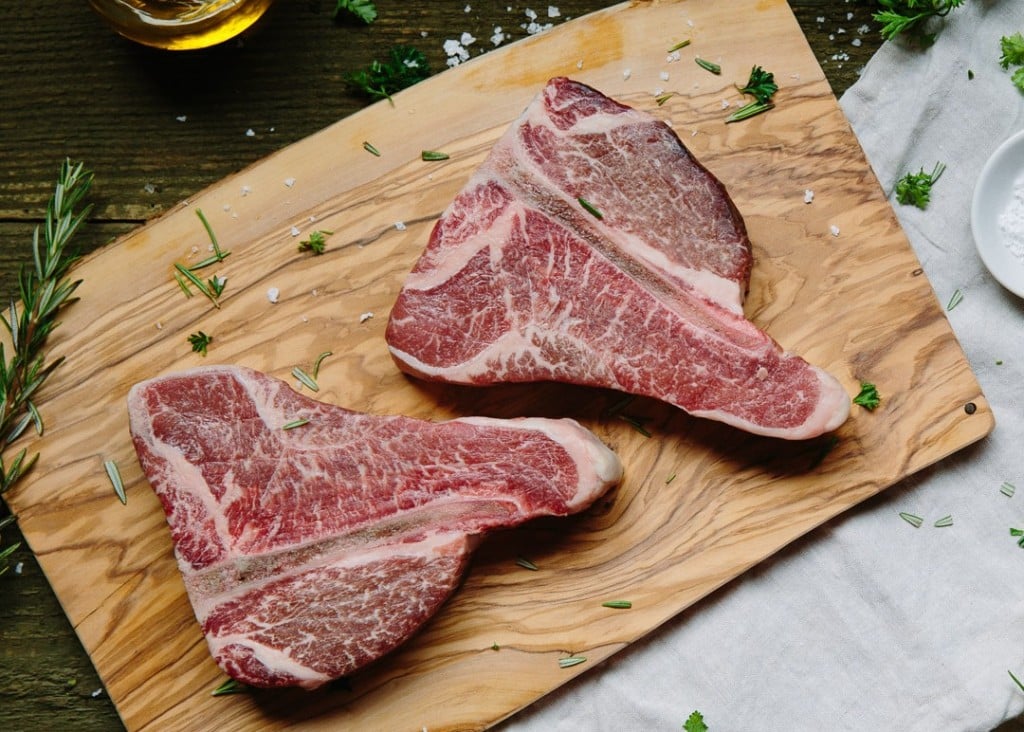
Our 28Day Dry Aged Beef
The most common timeframe for a steak to be dry-aged is 30 days. The meat doesn't spoil during this time, because you age it in conditions that tightly control the levels of moisture and bacteria. During the dry-aging process, moisture is drawn out of the meat. This causes the beef flavor to become even beefier and more flavorful.
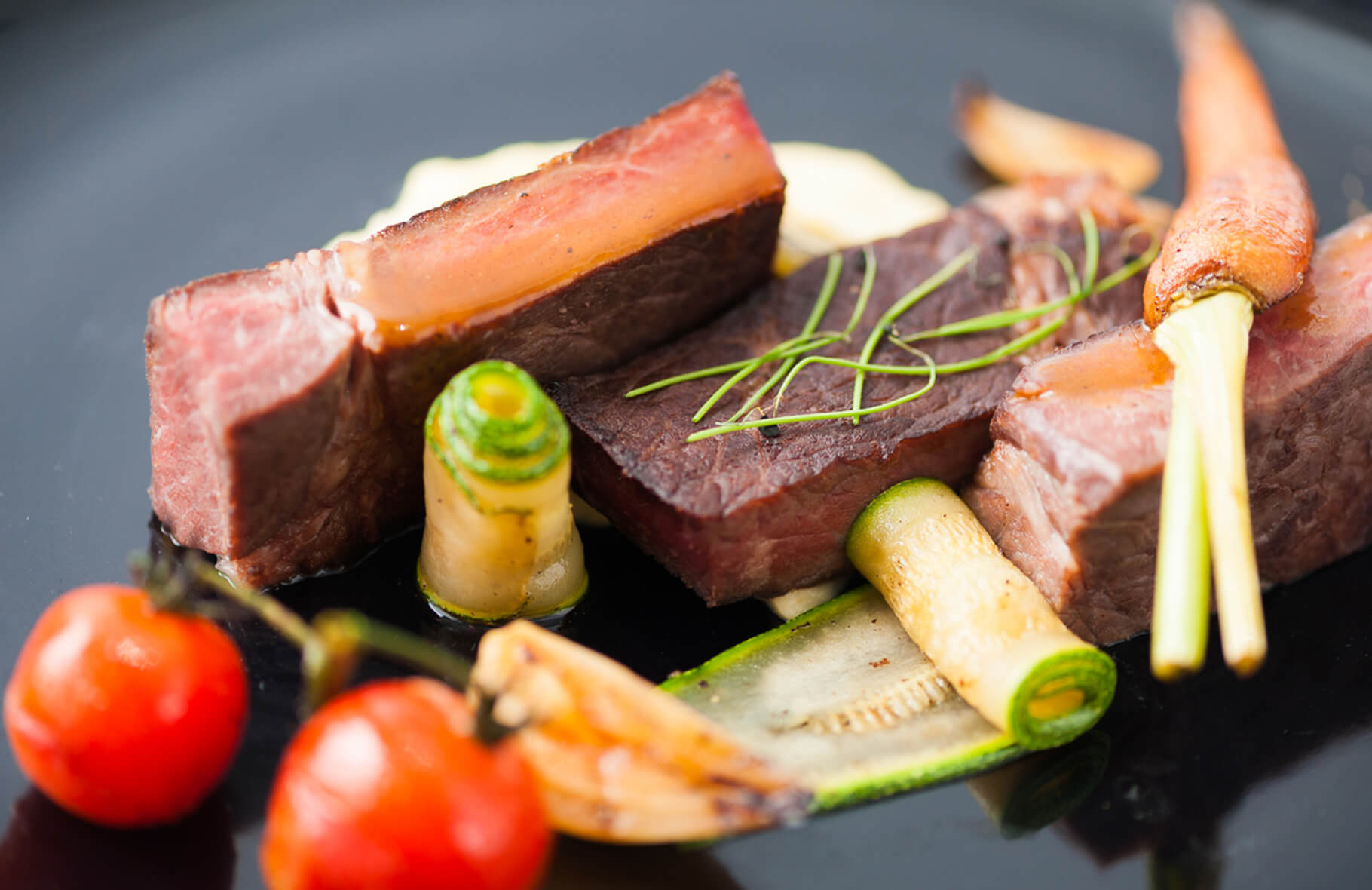
What Are The Differences Between Wetaged VS. Dryaged Beef NWMC
Pick up a bag ( it's available on Amazon ), pop the grains into a blender and coat a steak with the koji powder. Put the coated steak on a wire rack in the refrigerator and let it sit uncovered, for 48 hours. Then, rinse the steak well to remove the koji coating, pat it dry with a paper towel and season it with salt and pepper.